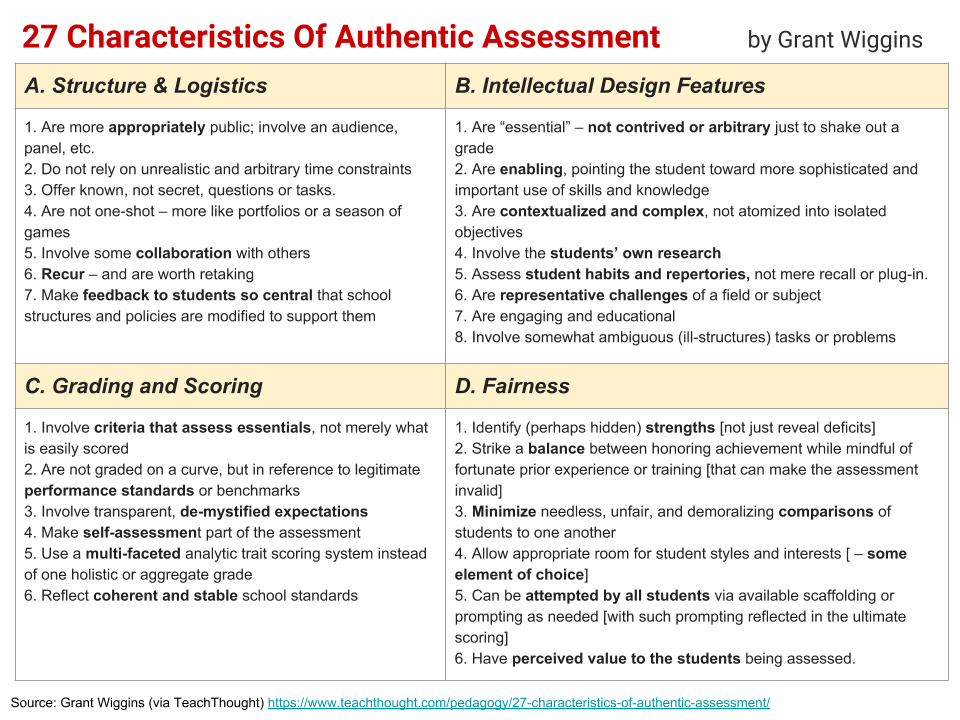A quick post to share an animated gif, made in the new Keynote 9 update. It is a rebuild of a lower-quality animation I made years ago and use often, inspired by a cartoon I saw but cannot track down again (and I’d love to find it). I have used it in the context of critiquing my own MA dissertation and more frequently in conversations about not over-describing the 7-8 level of MYP assessment criteria.

……….o0O0o……….
“Zooming In” to MYP Assessment
A growing concern for me in MYP is the power this line from MYP subject guides can have on the opportunities and expectations for and the language of learning in the classroom:
Subject groups must assess all strands of all four assessment criteria at least twice in each year of the MYP.
MYP Subject Guides
There is a danger that we ignore the heart of the discipline in anxiety for “getting it right” in terms of assessment; that reporting drives practice. Don’t boil teaching and learning down into a checklist. We can do better, we can enjoy it more and we can collect acceptable evidences of understanding in a range of forms.
Connecting to this, here are a couple of really powerful posts from Grant Wiggins: On Intelligent vs thoughtless use of rubrics (and part 2 here). It’s not the first thing generated and should not be over-described in the first round of a project, or we risk shutting down the avenues for true inquiry. For another MYP parallel, here is an older post connected to my “all in one” project, focusing on “zooming in” to the third band. Jennifer Gonzalez’s single point rubric is well worth reading
Authenticity & Opportunity
A post that really influenced my thinking on authenticity in assessment and learning opportunities was this, from Grant Wiggins. It defines authenticity as:
Authentic tests are representative challenges within a given discipline. They are designed to emphasize realistic (but fair) complexity; they stress depth more than breadth. In doing so, they must necessarily involve somewhat ambiguous, ill structured tasks or problems.
Grant Wiggins
He outlined 27 characteristics that can be used to develop assessment tasks and learning opportunities, which I summarised in this table:


An important takeaway from this, is not that “real world” is better than (or less than) anything else. It is more that when everyday usage of the content diverges from authenticity true to the discipline, we should aim for sophisticated authenticity rather than shoehorning-in some “pseudocontext” and pretending it is “real world”. It is better to think as a mathematician in a sophisticated inquiry than to not think at all…
Creating Cultures of Thinking
Similarly, the following on the force of Opportunities, from Ron Ritchhart’s Creating Cultures of Thinking (graphic by me) can be considered. Note the call to “authentic intellectual engagement”.

Thank-you for your comments.